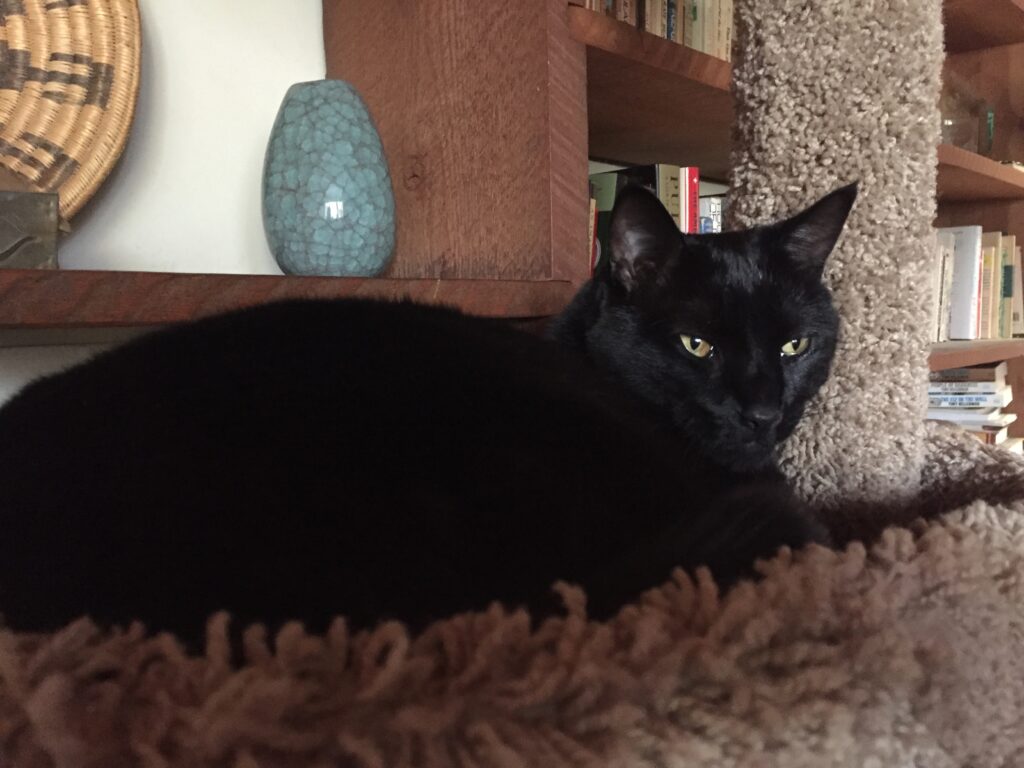An Honor
Sometimes an invitation comes along that you can’t refuse. About a year ago I was asked to join a team of facilitators, writers and administrative staff to support the newly formed commission to address the crisis of missing, murdered and trafficked Indigenous people (MMTIP). Very grateful for the chance to be part of the effort, I accepted and for the past year have been working to help bring the Not Invisible Act Commission into being. I am careful not to talk publicly about my current cases. The work is often delicate and it is crucial to maintain confidentiality for the participants. But, last Tuesday Interior Secretary Deb Haaland, co-chair of the commission with Attorney General Merrick Garland, issued a press release reporting on the first in-person meeting of the commission in Washington DC. And so I take that as permission to share with you what has been consuming most of my professional life in the past several months. At the end of this post are the link to the press release which will give you an overview of the commission, and a glorious photo of some of the commissioners and staff with Secretary Haaland and Deputy Attorney General Lisa Monaco.
Most federal commissions are small (10-20) and include experts in the field from government, academia and related organizations. They typically meet in DC and then hold public hearings around the country, taking testimony that will enrich and round out their understanding of the issues. This commission is unique in its size (45 members) and its makeup. A significant number of the commissioners are family members and survivors of this epidemic of abuse sweeping much of Indian country. They are working side-by-side with a broad range of representatives from law enforcement, data management agencies, non-profits serving these victims and families, and many others who have knowledge and insights that can inform the commission’s recommendations.
The presence of these family members and survivors has been critical in keeping the commission focused on what really matters. Their stories and life experience remind us all of the very real impact of this epidemic and the desperate need for attention. There is no way that their fellow commissioners who are professionals from the Departments of Justice and Interior, the FBI, BIA, CDC, Homeland Security, and state and local law enforcement agencies around the country can forget why they are there and the urgency of their work. It is not easy for family members and survivors to educate, to relive their horrific experiences, to grieve again for a lost one. I admire their courage and commitment to this effort. They are choosing to work with the federal government, hoping that this time it will be worth it and that the results will be good for Indian Country. I am honored to be working with commissioners and staff, and I know that for all of us this is much more than just a job.
Link to press release:

Department of Interior, Deputy Attorney General Monaco, Secretary Haaland, members of the Not Invisible Act Commission and staff
Read More












